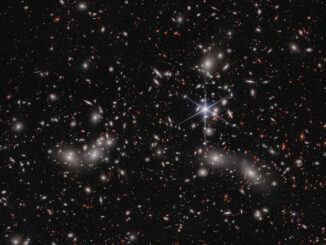
Picture This

Picture This

Picture This

Picture This

Picture This

Picture This

Picture This

Picture This

Picture This

Picture This

Picture This
